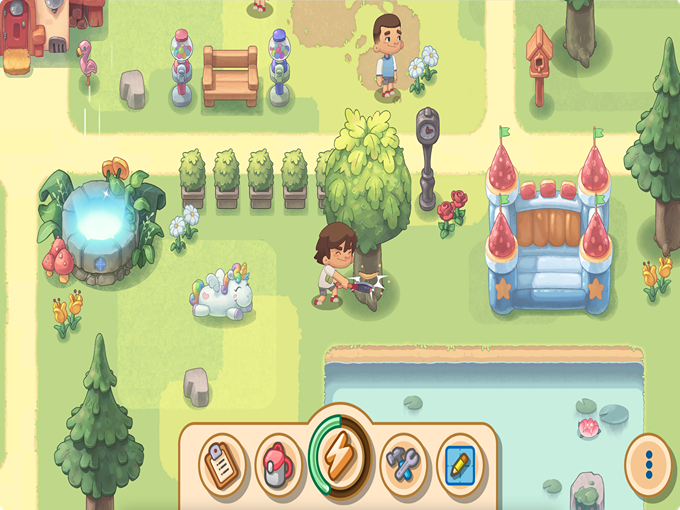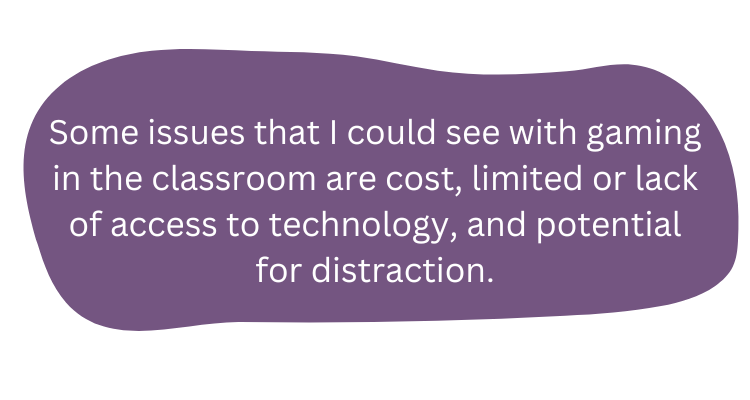
The Video Game Model is an amazing teaching strategy that can be used in all subject areas. Also known as Gamification, this teaching strategy involves adding game elements and mechanics into lessons and learning settings. Students are provided with individualized challenges and objectives, usually done through an online platform or app, and are able to learn classroom content through gaming. When playing video games, students are able to clearly see their progress – which is why gaming works so well for learning. The human brain is intrinsically motivated by dopamine release. Say, a student is playing a game designed to help them practice multiplication – when they correctly answer an equation and receive a badge or a reward, or their character is allowed to progress in-game, they will automatically be motivated to continue playing. Gamification also appeals to other intrinsic motivators like autonomy, mastery, purpose and social interaction.
This article by Edutopia (2011) is an early look into Gamification and it’s benefits, which I would highly recommend reading as an educator. The author describes how educational video games can give teachers a look into where the student is in terms of content understanding and progression. Students’ in-game progress can match up with their educational progress. The article also explains that the video game model helps students succeed by providing “timely, corrective feedback so students recognize incorrect foundational knowledge and then have opportunities to strengthen the correct new memory circuits through practice and application.” (Edutopia) Gaming gives students an opportunity to apply and strengthen their knowledge.
I would absolutely use gaming as a tool in my classroom, because I know from experience how beneficial it can be for learning. Some educational games we tried during EDCI 336 are Prodigy for math and English, PBS Kids Games, and Minecraft Education Edition.


I know that there are plenty of free games online, although I found that more complex and individualized learning games are often subscription based – or have the option available. I think that budget friendly games can still be used in education, but that’s where the potential for distraction comes in. For example, PBS Kids Games isn’t a very complex platform. It could be used to practice some minor skills in the classroom, but students might get bored and click onto something else. With that being said, Prodigy is a really great fantasy style game that truly immerses students and gives them the opportunity to both learn and to sharpen their math and English skills – and it happens to be free. As for limited access to technology, I think many games would work in pairs using classroom technology, and some may be even better in small groups than individually. Some examples would be Minecraft EDU or some of the coding games and activities we played around with last week.
Leave a Reply
You must be logged in to post a comment.